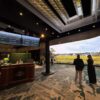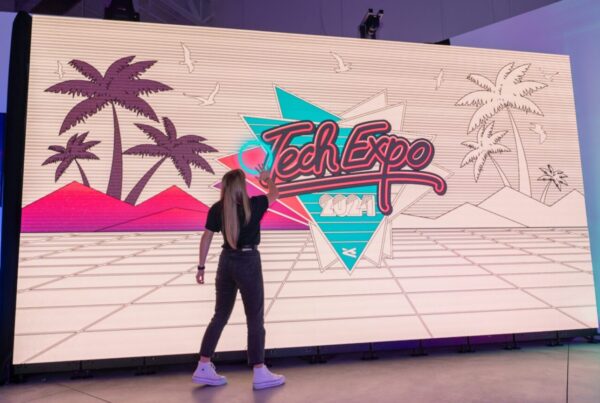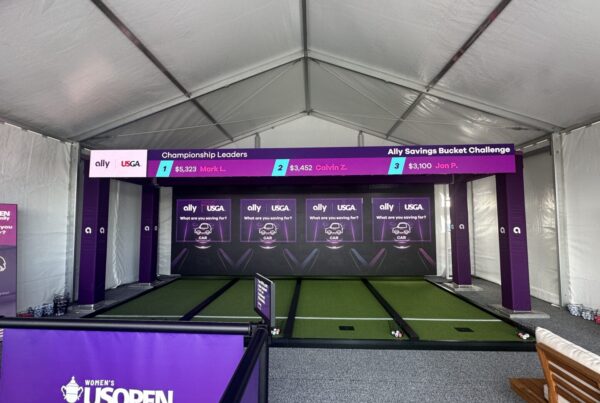For many retailers, if you ask about digital in-store they will respond with a reference to digital signage, mobile, or social media. All of which are different technologies used as channels for promotion. These have been some of the largest initiatives over the last few years for many brands. But digital in-store is so much more than this. So what do we feel the digital experience in-store really is?
We feel that it is intended to create a human connection. Technology in-store is often used as a promotional tactic — this feels misguided. We view the role of technology as a single component of a greater framework. Content, space, and then technology all play part in creating unique human experiences that connect people with brands. Using this framework, the order matters, and places the most importance on content, then the physical location, and finally the technology. This is intentional, as the technology used for tech-sake almost always guarantees failure — it’s an approach that feels shallow, more gimmicky than constructive, and often difficult to prove value.
It’s also important to note that the digital experience in-store is not necessarily about bringing online shopping closer to the customer. It’s about creating an experience that your customer values and an experience they value more than the convenience of something like online shopping, for example. We see the goal of digital in-store as a method of creating destination locations that your customers will seek out purely for the experience. It’s about making the shopping experience as much about entertainment as it is about the products your customers are shopping for.
Nike & Adidas both handle this really well by setting up flagship stores that include creative in-store experiences designed to allow customers to try products in a more natural state, and have fun while doing so. Basketball courts, combined activations, tech-driven running simulators. Many customers head to these locations just to spend time there, and that was what the brands intended.
Best Buy also handles in-store digital well, by partnering with their suppliers to create store-within-a-store spaces and activations that help educate customers on the products through hands-on engagement. Take the Vivint Security display for example. This small footprint activation provides an incredibly powerful show-and-tell for a product that would otherwise be difficult to showcase. Customers get to see how the different products work and interact together, and through the display can much more easily visualize the product in their own home.
Over the next few weeks we’ll explore what digital in-store means to us, diving a little deeper into our approach, how to avoid common pitfalls (and unnecessary expense!), and measuring program success. If you want to jump start the conversation and dive right into things, just hit contact below!











